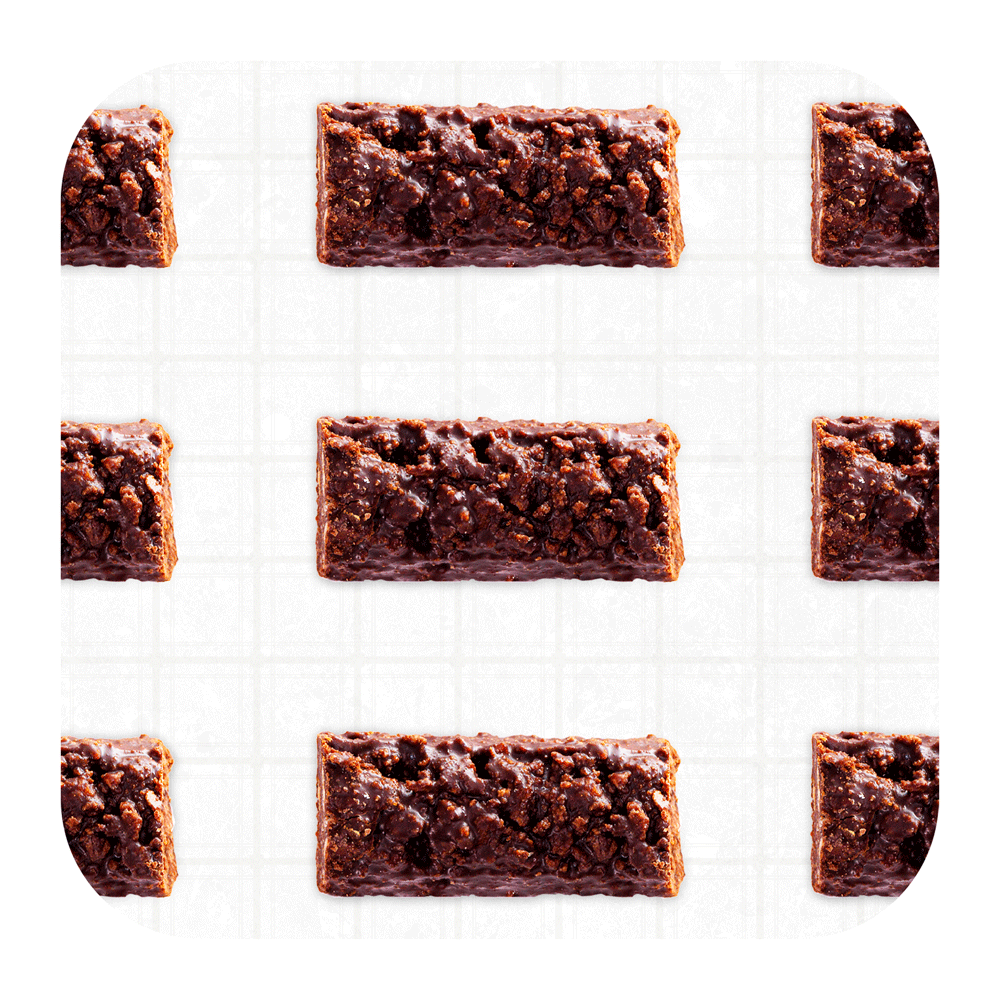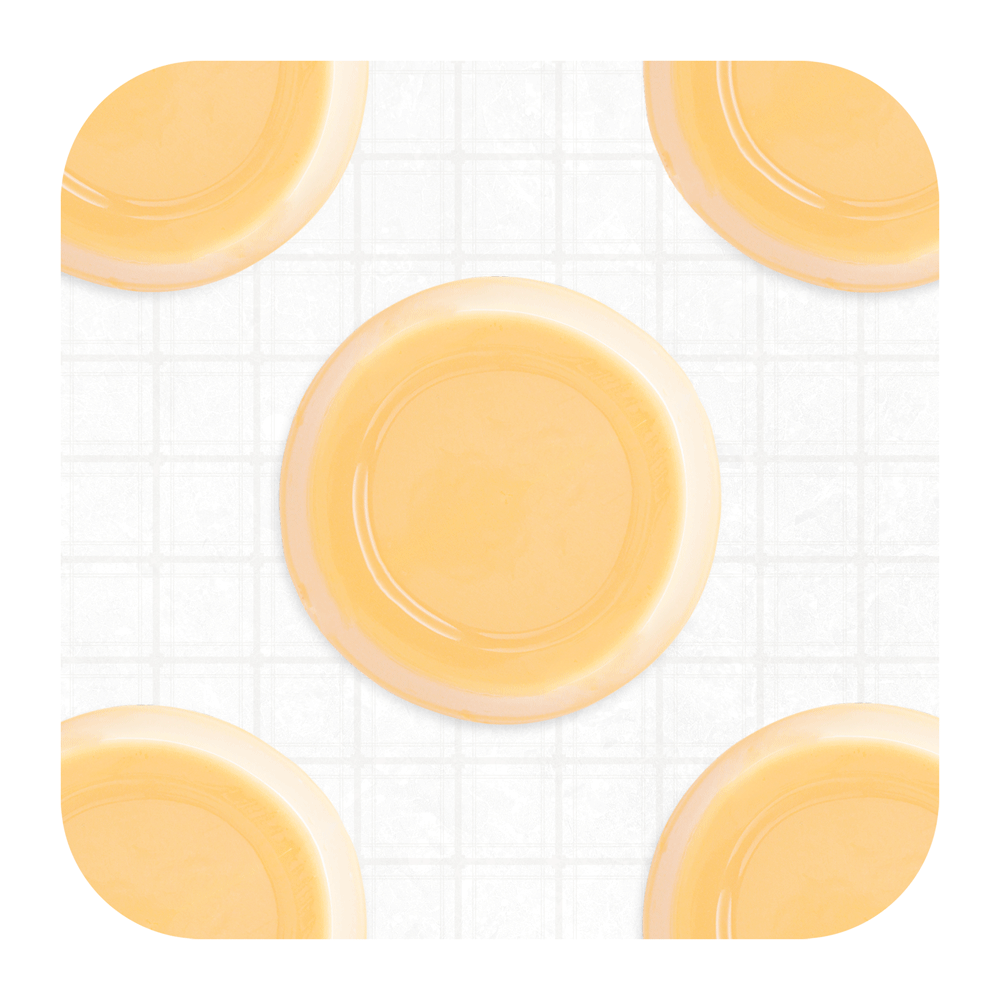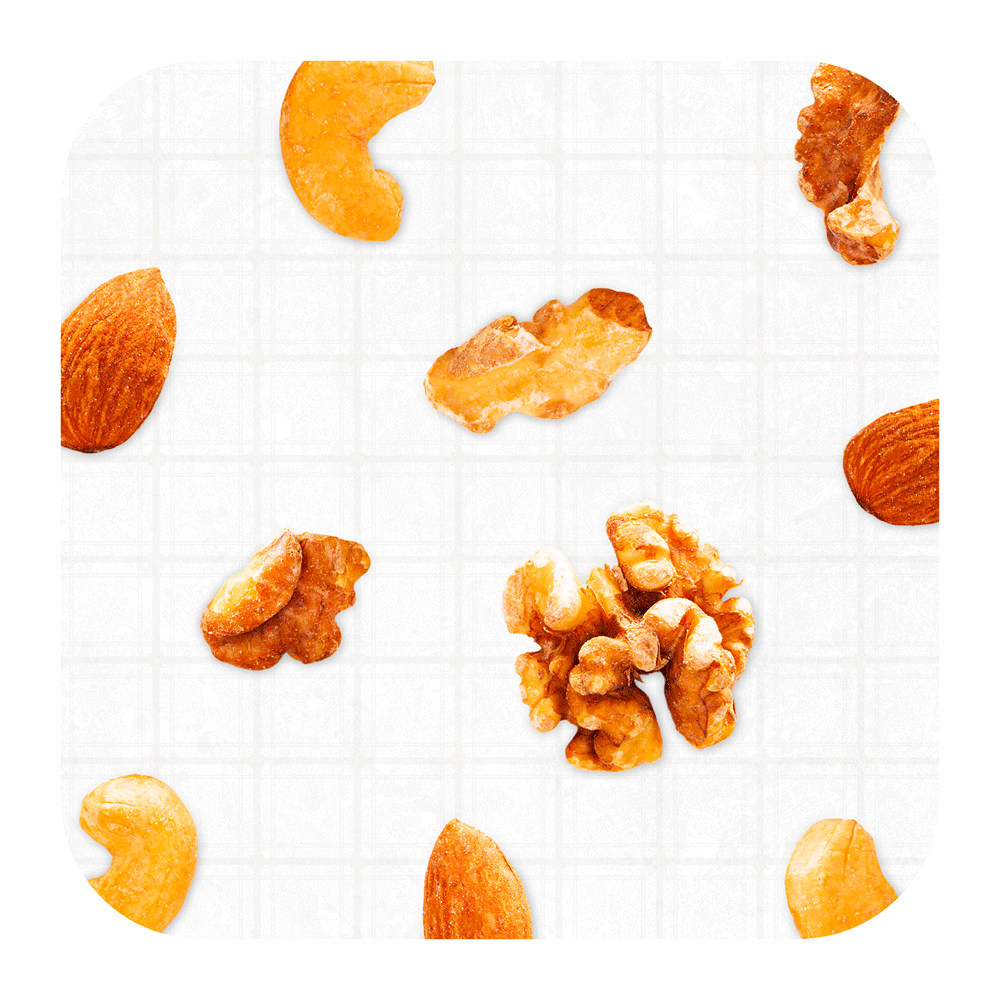

Indulge in Kobe's Sweet Legacy
Kobe, a city with a rich 150-year history as an international port, has always welcomed foreign influences, which is evident in its diverse range of snacks. The people of Kobe have an exceptional fondness for desserts, making the city arguably the most skilled in dessert creation throughout Japan. Kobe is not only the birthplace of many famous Western-style confectioneries but also the training ground for pastry chefs who consistently earn accolades in global competitions. This legacy of excellence in dessert-making is the inspiration behind our Shotengai Kobe Theme Snack Box.

Kobe - A City of Western Sweets
Elevating Culinary Culture from the West
Kobe, a city where mountains meet the sea, is also a unique blend of Eastern and Western influences. This is evident in its architecture, ranging from the traditional Ikuta Shrine to the Western-style buildings of the Kitano district. The city's openness to foreign cultures extends to its culinary scene, making it a haven for Western sweets, or "yogashi."
Kobe's reputation for yogashi stems from its history as a bustling port city. As early as the 19th century, foreign influences began shaping the city's sweets. For example, Morozoff, a renowned chocolate maker, was founded by a Russian emigre who aimed to create European-style chocolate suitable for Japanese tastes. Similarly, Juchheim, another famous establishment, introduced baumkuchen, a German layered cake, to Japan after its founder, a German prisoner of war, settled in Kobe. These and other establishments have not only enriched the city's culinary landscape but also played a role in spreading Western cultural practices throughout Japan.
Every Taste and Story, All in One Box
Open the box and discover what you'll find!
A selection of quality products and the stories of where they came from, carefully chosen and curated for you!

By Kameido-Honke (since 1873)
Kawara Senbei Crunchy Chocolate
This product is made by crushing Kameido-Honke's Gawasenbei and turning it into chocolate crunch. The crunchy texture of Gawasenbei and the slightly bitter chocolate complement each other perfectly. Be sure to also take note of the playful packaging design.
________
Allergens: wheat, egg, milk, soy
Made in a factory that uses: shrimp, crab, buckwheat, peanuts

By Arima Hokodo (Since 1912)
Saku-Saku Matcha Soybeans
Arima Hokodo manufactures various flavors of soybean snacks. This one is made by wrapping crispy soybeans in roasted soybean flour and Uji matcha. The faint sweetness of the roasted soybean flour and the bitter flavor of the matcha will blend together in your mouth.
________
Allergens: wheat, milk, soy
Made in a factory that uses: peanuts, eggs, shrimp, crab

By AZUMAYA
Ganseki
AZUMAYA has a store in the "Motomachi-Shotengai (Shopping Street)," Kobe's largest shotengai. It was established in 1949. Stepping into the store makes you feel like you've traveled back in time 75 years. This Ganseki (rock) lives up to its name with its rugged appearance and hardness.
__________
Allergens: wheat, soy
Labels: Vegetarian, Additive free, Low-fat

By Arima Hokodo (Since 1912)
Saku-Saku Kinako Soybeans
Arima Hokodo was founded in Kobe in 1912. The founder, Arima Yoshika, was involved in the import control of beans at Kobe's customs office, which led him to start making bean confections at his own shop. Their "Saku-Saku Kinako Soybeans" features Japanese-grown soybeans coated in sweet kinako powder, delivering a crisp texture as suggested by its name, "saku-saku".
________
Allergens: soy, wheat
Made in a factory that uses: peanuts, milk, eggs, shrimp, crab

By AZUMAYA
Take-no-sato
At AZUMAYA, various types of rice crackers are sold, all of which are meticulously baked over charcoal by artisans. "Take" (pronounced "taw-kay") means bamboo in Japanese. The distinctive feature of this rice cracker is its long and slender shape resembling a bamboo stalk. It allows you to enjoy the sweetness of rice and the aroma of soy sauce.
__________
Allergens: wheat, soy
Labels: Vegetarian, Additive, freeLow-fat

By TORAKU FOODS
Kobe Pudding
The port city of Kobe is famous as the "city of Western sweets." Among them, Kobe pudding boasts outstanding popularity and is one of the most famous souvenirs of Kobe. It shines with its smooth texture, elegant sweetness, and refreshing aftertaste of fruit wine. Drizzle on the caramel sauce for an even deeper flavor.
________
Allergens: egg, milk

By AZUMAYA
Sanshoku−Bojo
"Sanshoku" means "three colors" in Japanese, and true to its name, this rice cracker allows you to enjoy three flavors in one bag: shrimp, seaweed, and soy sauce. The light hues of red, white, and green evoke the beauty of Japanese nature.
__________
Allergens: wheat, soy, chicken, shrimp
Labels: Low-fat

By Kobe Nuts Yui
Black Sesame Almonds
Kobe Nuts Yui is a small specialty nut shop located in the bustling area of Sannomiya in Kobe. They sell almonds in large bags in various flavors, and they are popular among foreigners. Despite their appearance resembling dinosaur eggs, these black sesame-flavored chocolate almonds have a gentle yet delightful taste.
________
Allergens: milk, sesame, almonds
May contain: wheat, peanuts, walnuts

By Naruto Chidori Hompo
Kobe Beef Steak Corn Puffed Sticks
When you hear "Kobe City", you probably think of Kobe beef. While we can't deliver you a sizzling steak, we can offer you a taste of Kobe beef with this beef-flavored snack! Kobe beef powder is sprinkled onto Japanese corn puffs. Maybe eating these will make you feel like you're in Kobe!
__________
Allergens: sesame, wheat, soy, beef
Made in a factory that uses: milk

By Kameido-Honke (since 1873)
Sight of Kobe Senbei
Kawara senbei is a type of senbei (Japanese rice cracker) made from wheat flour, eggs, and sugar, shaped like roof tiles and baked. It is said to have been introduced to Japan during the Tang Dynasty and became popular in various regions, with Kobe being considered its place of origin. Kameido-Honke's senbei features famous landmarks of Kobe.
________
Allergens: wheat, egg
Made in a factory that uses: peanuts, milk, sesame

By Kobe Nuts Yui
Yamagata Green Soybeans
A green soybean refers to a type of soybean that remains green even when it has matured. It can only be grown in the Tohoku region and in Hokkaido in Japan. Green soybeans have lower fat content compared to regular soybeans and are rich in vitamins C and E, as well as iron, making them beneficial for beauty and skincare.
________
Allergens: soy
May contain: wheat, milk, peanuts, walnuts, cashews, almonds
Labels: Vegetarian, Additve free, Low-sodium

By Hoshi no Kajitsu-en
Awajishima Strawberry Salt Cookies
These cookies are an original product developed with love exclusively for Shotengai. The workers at Hoshi no Kajitsu-en create sweets that utilize locally sourced ingredients from Awaji Island. They grow strawberries in their own orchard, pick them in the morning and use them to make cookies the same day.
__________
Allergens: wheat, eggs, milk, almonds, lemon
Labels: Additive free, No artificial coloring, Vegetarian

By Arima Hokodo (Since 1912)
Non-fried High-Quality Nuts
These "High-Quality Nuts" are not deep-fried in oil but are lightly dusted with the renowned Ako salt, known for its high quality. Since they are not fried in oil and are lightly seasoned with salt, you can enjoy the nutritional benefits of nuts in a healthier way.
________
Allergens: almonds, cashews, walnuts
Made in a factory that uses: peanuts, wheat, milk, eggs, shrimp, crab
Labels: Additive free, Non-fried

By Toraya-Yoshisuye
Tarugata Senbei & Fu-yaki
The design of the Tarugata senbei features labels from a Japanese sake brand produced in Kobe. Fu-yaki, a type of wheat gluten confection, is made by baking mochi rice and decorating it with sugar patterns. The red plum blossoms evoke the arrival of spring.
__________
Allergens: eggs, wheat, honey
Labels: Vegetarian, Low-sodium

By MISAGO COFFEE
Kobe Coffee
You can enjoy a cup of coffee using this drip bag. The coffee beans used are from Mount Kilimanjaro in Tanzania. The package features illustrations of Kobe landmarks and the giant panda from Kobe Oji Zoo (one of only three cities in Japan with a giant panda). MISAGO COFFEE holds café schools and has brought up many baristas.
__________
Labels: Vegetarian


By Naoki Inoue - Co-Founder of Shotengai
From Language Partners to Life Partners
Twenty years ago, I left Japan and lived abroad until returning in 2022. Usually, I would return home on a flight bound for Kansai Airport, but when I had enough vacation time, I would take a ship bound for Kobe Port. Upon disembarking and walking towards downtown, the aroma of freshly baked bread and cakes would fill the air. Each time, I would feel a surge of homecoming. With over 150 years of history as an international port, Kobe has always embraced influences from overseas, including in its confectionery. Kobe has developed as a city known for its Western-style snacks.
